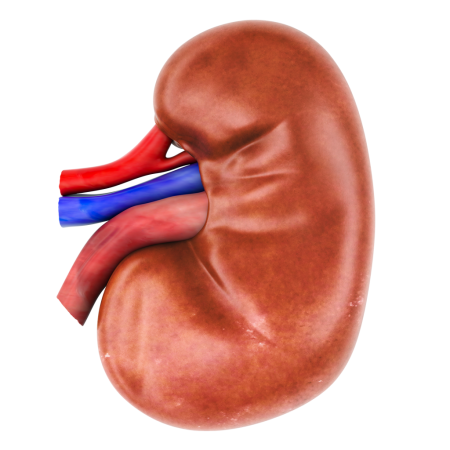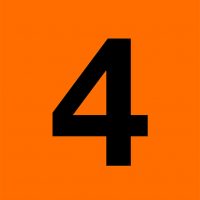
Guide 5B
Urinary System
Organs, Functions, & Disorders
In this guide we will explore the basic structures, functions, and disorders of the urinary system.
Video Overview
Watch this guide overview video; you can select the closed captioning “cc” option if you would like to see the text.
Urinary System Guide Contents
Complete all four of these sections before taking the quiz and making your media piece.
Urinary System Objectives
Urinary Overview
Describe the properties of water that make it a critical molecule for life as we know it; provide examples of ways humans take in and lose water; and list the various components of blood plasma, including their sources and functions.
Urinary Organs
List the urinary organs and state the function(s) of each organ; describe the structure of a nephron and how it filters, reabsorbs, and secretes; and explain the important functions of the smooth muscle and transitional epithelial tissue in the bladder.
Urinary Disorders
Describe the types of information provided by urinalysis, including some of the limitations of trying to make diagnoses simply based on urine characteristics; list and describe various kidney diseases, including kidney stones, renal cancer, and polycystic disease; and explain what is a common cause of urinary tract infections, and explain why females are more likely to get urinary tract infections than males.
System Interactions
Explain why certain urinary misconceptions are incorrect; describe the basic structures and functions of the liver, including common disorders; and list different ways excessive alcohol, including alcohol poisoning, can disrupt homeostasis in the body.







